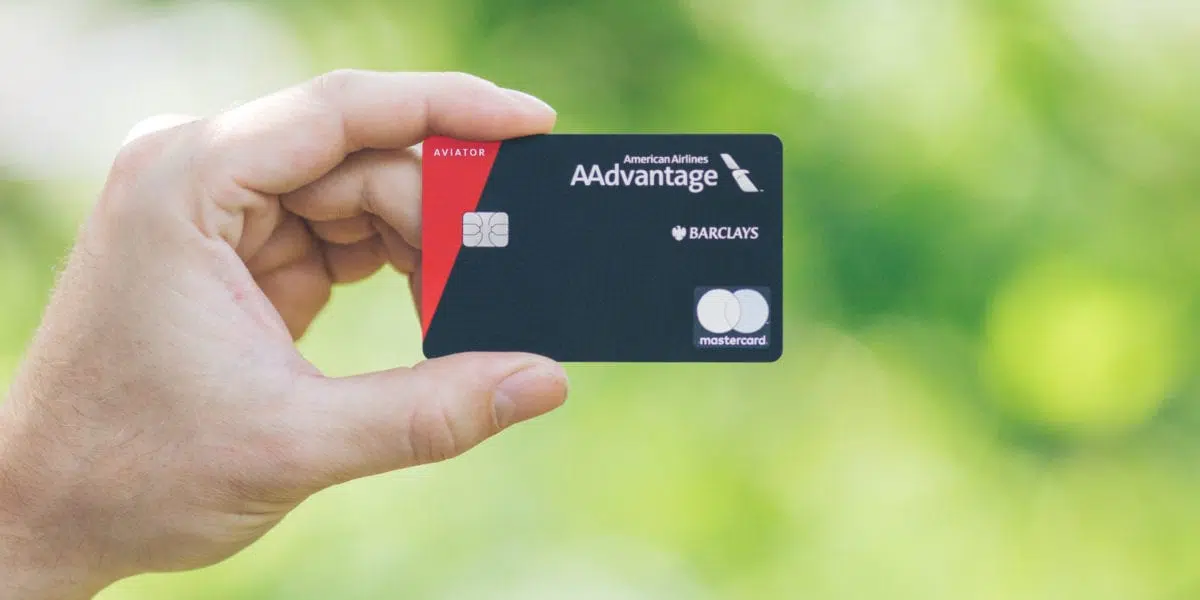
Stop Paying International ATM Fees: Get the Charles Schwab Debit Card
Getting ready to head abroad or planning a big trip overseas for next year? It's time for a change: Stop carrying loads of cash with you on your travels, exchanging currency at the airport, or paying exorbitant ATM fees abroad. There's a better way. If you plan to travel internationally even once a year (or less), you need the Schwab Bank Visa® Platinum Debit Card from investment giant, Charles Sc...
















